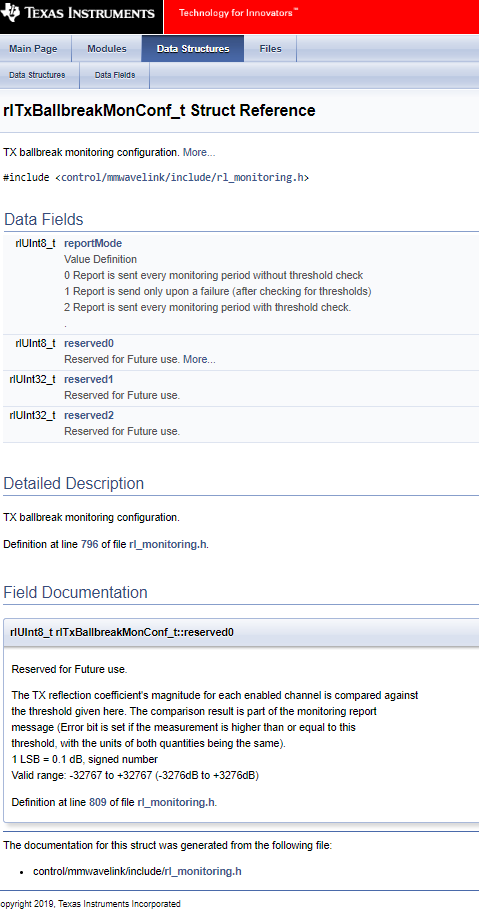Other Parts Discussed in Thread: MMWAVEICBOOST, ENERGYTRACE, , AWR6843ISK,
Hi,
We are using the IWR684 ES2 chip in our product and we were informed that now it includes directional couplers in the Tx paths, and thus it would be possible to get data for forward- as well as reflected-power. As we know, this feature is only available in mmWaveStudio.
Our radar board can be connected to DCA1000 through 60-pin high-speed connector, but it is not compatible with the mmwaveICBoost. Is there any possible way to run mmWaveStudio only with DCA1000 (i.e. without mmwaveICBoost)?
As I see, we are only missing the USB connection from the PC to the XDS110 emulator. I would like to get more information about the usage of XDS110 in our case. Can we skip it and connect (directly or through DCA1000) from PC to IWR6843? Is the EnergyTrace feature in the XDS110 is used or only the JTAG?
Best regards,
Yasser
Yasser




